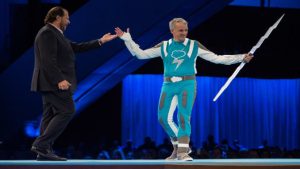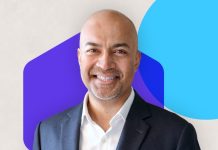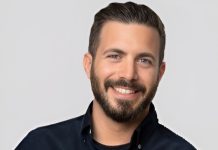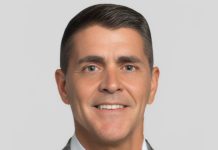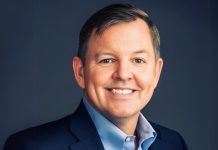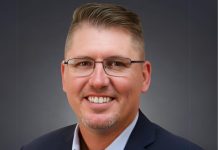It all started with a lunch meeting at Kinkaid’s, a little steakhouse in Burlingame, California. It was 1998 and Marc Benioff was a high-flying Oracle exec with grand plans for a new startup. After a brief introduction to Parker Harris and his partners at lunch, he made his pitch.
Benioff wanted to build a better customer relationship management program – one that would be web-based. It would be more convenient, more cost-effective and higher quality. The internet was still a relatively new invention and its potential largely untapped. For 1998, it was an audacious idea. Never one to mince words, Benioff cut right to chase: “So, are you guys good? Is this something you’d be interested in doing?”
Parker Harris and his partners were already running a small consulting firm out of their apartment and were well-acquainted with putting it all on the line. If Benioff’s bold venture worked, it would up-end the entire software industry and if not, it would at least likely lead to other opportunities down the road.
Despite being a fairly small fish in the big Silicon Valley pond back in ‘98, Harris had confidence in spades. “We’re some of the best people you’ll find in the valley,” he told Benioff that day. They launched Salesforce from their little apartment in March 1999 and twenty years later, it’s worth over $110 billion. Their annual revenue is over $13 billion and Harris has finally decided on a name for what he does at Salesforce – officially switching his title from co-founder to chief technical officer last year.
Parker has a somewhat unconventional background for a Silicon Valley superstar – he was raised in North Carolina and attended a liberal arts college where he majored in English literature. Parker always loved math and his grandfather bought him his first computer in 1977 – he started programming in eighth grade and hasn’t looked back since. After graduation, he came back to software development and eventually found himself launching a company from a tiny apartment.
Today, Parker’s job encompasses the customer end of things as much as the engineering. He believes that the answers to the questions start with their clients. “I meet with a lot of customers, especially our largest customers, they have complex architectures… They have Salesforce, they have SAP, Oracle, Workday. They have workloads on AWS, workloads on Azure.”
“I like to say, ‘Let’s look at your architecture from a customer-centric perspective.’ I don’t want to talk about the Salesforce architecture to a customer. What’s the customer’s architecture, and how does Salesforce fit in? Then within that, how do we make sure the development process of Salesforce, whether you’re developing UI or integrations or workflows or business process, how do you make sure there’s a consistent way to actually write that code, to store it in modern ways, like on Git for example? Whether it’s UI or logic, store it in code, version it, right? Upgrade and downgrade if you need to, or rollback.”
Parker Harris may not be the first person to think of when Salesforce is in the spotlight but he was just the right person Benioff needed to help launch their company into the software stratosphere.

